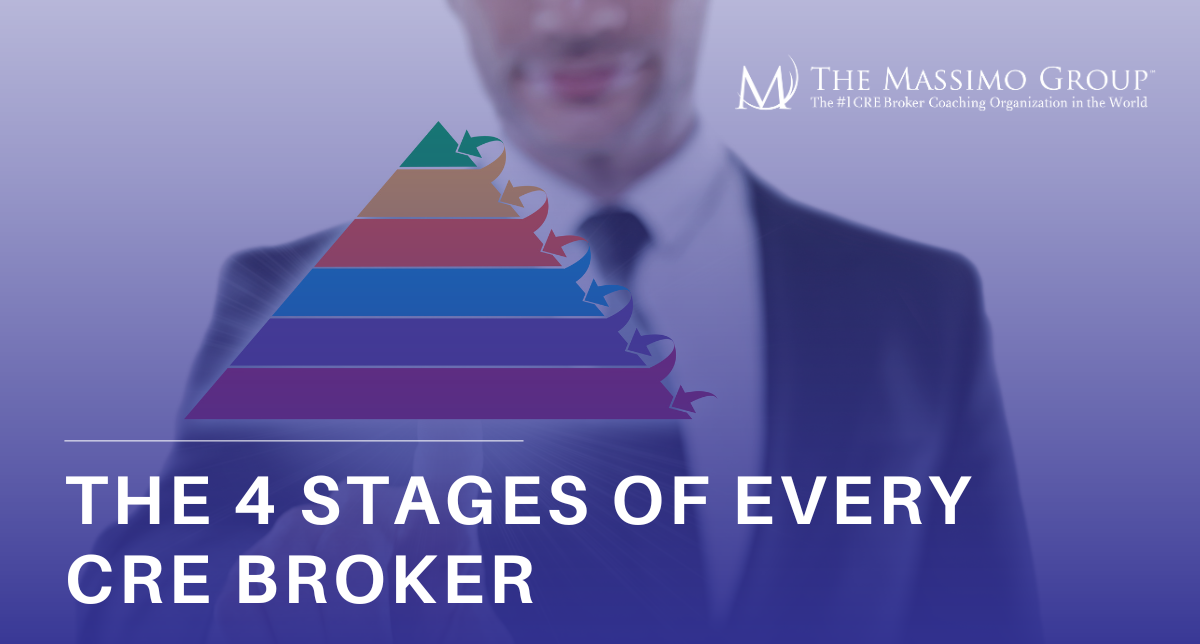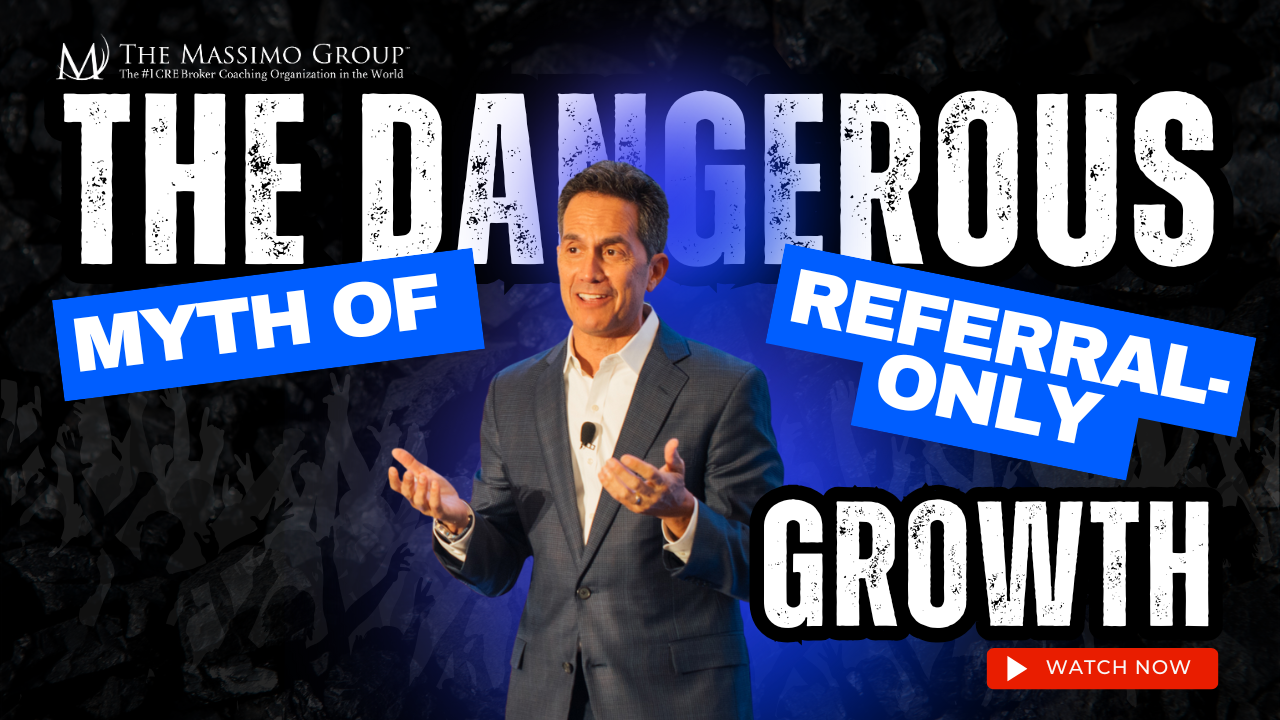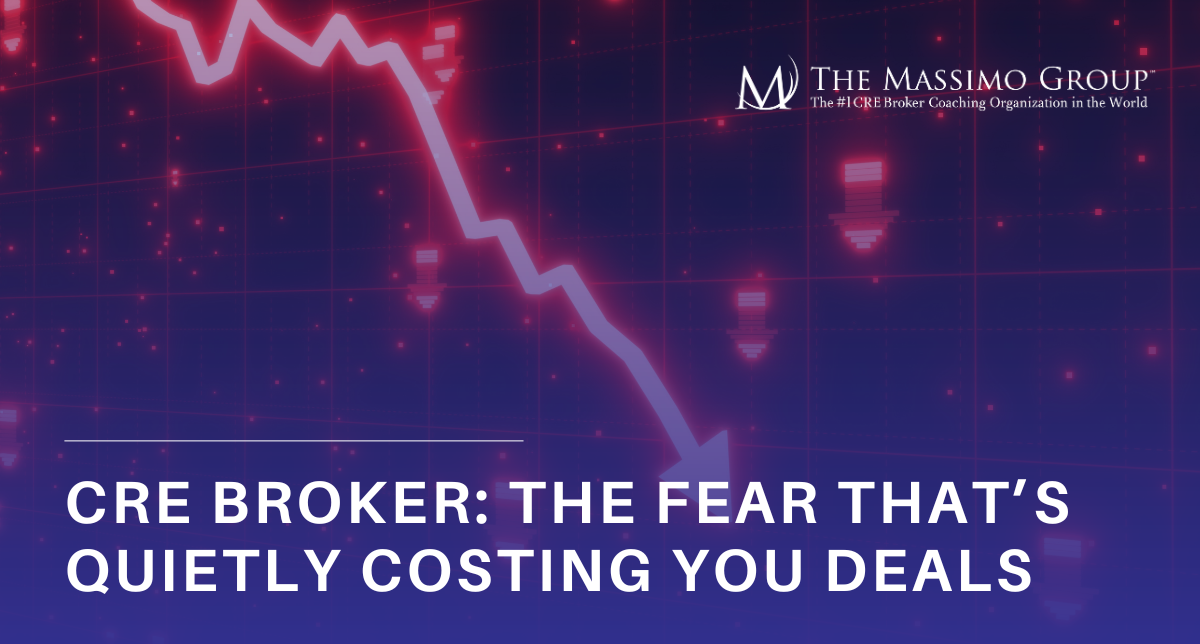Curious about how to use the cap rate? We made a quick rundown on what it’s about, so read on to learn more.
In this article:
- What Is a Cap Rate?
- Cap Rate Examples
- Intuition Behind the Concept of Cap Rate
- Finding a Good Cap Rate
- When to Use the Cap Rate
- Cap Rate Components
- Band of Investment Method for Cap Rate
- Gordon Growth Model for Cap Rate
Things You Need to Know About Cap Rates
What Is a Cap Rate?
The capitalization rate, also known as the cap rate, is widely used in the commercial real estate industry.
Brokers, investors, and other real estate enthusiasts use the cap rate to estimate a property’s annual return on investment. It is also one of the most popular metrics to measure a property’s unleveraged and intrinsic rate of return.
There are two common formulas you can use to calculate the cap rate. The first formula, presented below, is the simple ratio of the property’s expected annual net operating income to its current market value.
Cap Rate = Property’s Expected Annual Net Operating Income / Property’s Current Market Value
Cap Rate Examples

Suppose you decided to set aside $10,000,000 as seed money for investment and you are choosing between two assets. The first option is investing in 10-year US government treasury bonds, while the second one is buying a commercial building you can rent to multiple tenants.
The US treasury bonds yield 3% annual interest. On the other hand, assume that your expected annual rental income is $500,000. And, total annual maintenance costs would be $80,000.
You can decide which asset to go for by computing the cap rate for each option.
Capitalization rate for treasury bonds = 3%
Capitalization rate for the commercial building = ($500,000 – $80,000) / $10,000,000 = 4.2%
As you can see, the cap rate for the treasury bonds is automatically at 3% since this is your fixed annual return. On the other hand, after deducting operating expenses and all other costs, your projected real estate cap is 4.2%.
Therefore, you are better off choosing to buy a commercial building and rent it to different tenants. As an example, you can turn this building into several office spaces for use by different businesses and establishments.
You can view the extra 1.2% as a risk premium for choosing to put money in a real estate asset, rather than choosing treasury bonds.
Intuition Behind the Concept of Cap Rate
What can the cap rate tell you? Intuitively, the cap rate can give you an idea on the percentage return you may receive on a lumpsum cash purchase.
Let us return to our example, assuming that the capitalization rate for the commercial building is correct. An all-cash purchase of the building worth $10,000,000 would give you an annual return on investment of 4.2%.
Another perspective of interpreting the cap rates is that it is the inverse of the price to earnings multiple ratio. This means that when the price to earnings multiples ratio is going up, then the capitalization rates will go down.
Finding a Good Cap Rate
Finding a good cap rate may not be straightforward. But, the quick way to determine what cap rate to use is to know how you are going to use the cap rate.
As an example, as a seller of a property, you would want a lower cap rate. A lower cap rate would indicate a higher market value of the property.
But, as a buyer of a property, you would want a higher cap rate. This is because a higher cap rate would mean a lower initial investment.
Another method in finding a good market-based cap rate is to use a benchmark. One method is through looking at recent sales of other properties similar to your property.
Also, you can assess the properties that are in the same location as your property to have accurate assumptions. Assessing different properties from other markets may give you a bad cap rate.
For example, suppose that you want to estimate the cap rate of an office building near your property. You may opt to look at the recent selling price of another office building nearby.
When to Use the Cap Rate
In the commercial real estate industry, investors commonly use the cap rate. It has been proven to be helpful in different scenarios.
The capitalization rate provides investors with a quick assessment which acquisition should be chosen over another potential investment.
For example, suppose you are comparing a property with a 10% capitalization rate acquisition with another property with a 20% acquisition. By simple comparison of the rates, you can already see that one property can give a higher risk premium.
Also, capitalization rates can also help investors in trend analysis. Cap rates can also give investors an idea of the direction the market is heading towards.
For instance, decreasing capitalization rates may indicate that the market values are going up. This may be a sign that the market is heating up.
On the other hand, investors should also know when not to use cap rates.
Investors should not use the capitalization rate if they need to create stabilized projections of the Net Operating Income. Using cap rates would produce a valuation amount that may be nearly equal to an amount that is derived using the complex discounted cash flow analysis.
Cap Rate Components
The formula of the cap rate is as follows:
Cap Rate = Property’s Expected Annual Net Operating Income / Property’s Current Market Value
The expected annual net operating income refers to any potential income that the real estate property generates.
One example may be rental income. Such income is then deducted from all potential operating expenses. Examples of such costs are maintenance expense and taxes.
On the other hand, the commercial property’s current market value is approximately derived from the present market prices or any other similar real estate asset. Different factors are also considered such as the following:
1. Size, age, and location of the investment
2. Price and potential earnings
3. The area’s real estate market growth
4. Other factors that can affect the real estate’s market valuation
The capitalization rate equation can give you the percentage return from a commercial property, given the price it is currently sold for in the real estate industry.
RELATED: Commercial Real Estate Sale And Purchase Agreement | Everything You Need To Know
Band of Investment Method for Cap Rate
The Band of Investment Model approaches capitalization rate calculation differently. It states that the capitalization rate is simply the weighted average of the return on debt plus the return on equity.
This model is the one brokers use to factor in the portion of the property financed by debt.
Gordon Growth Model for Cap Rate
The Gordon Growth Model states that the capitalization rate is the difference between the property’s expected annual rate of return and the expected annual growth in operating income.
(Required Rate of Return – Expected Growth Rate) = Expected Cash Flow / Asset Value
On the other hand,
Overall cap rate = Average of (Debt Component Percentage + Equity Component Percentage)
Indeed, real estate investment may be tricky. There are a lot of risk factors to evaluate and consider.
Capitalization rate calculation may sometimes be a multi-tiered process, but it can definitely aid your decision-making. You can also use other complex valuation methods, too.
As long as you create a holistic strategy in real estate investing, you can reach your desired cap rate in no time.
Get known, connect instantly, and win more business! In this webinar session, Bo Barron will show you how presence, a great value proposition, and a targeted prospecting campaign can grow your business without chaos! You can watch the webinar here.
Up Next: 9 Ways To Sell On The Internet





